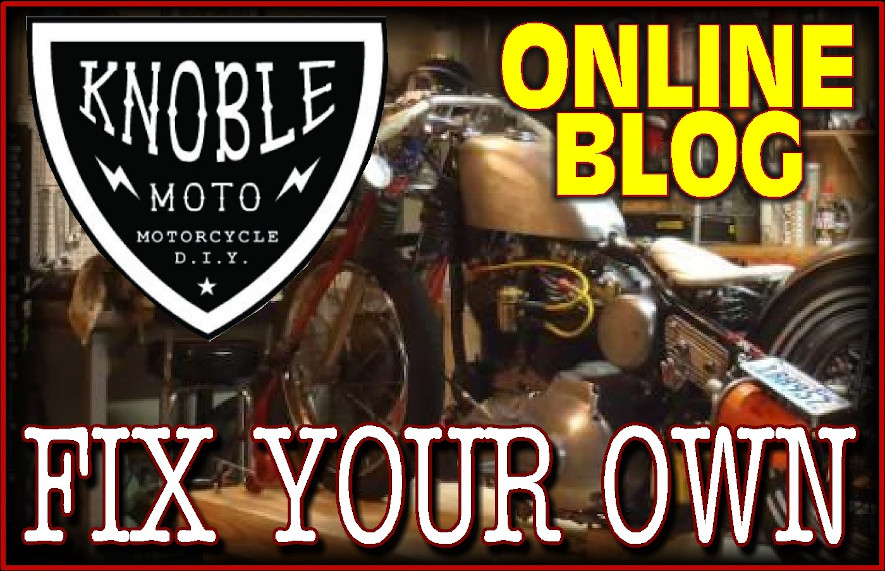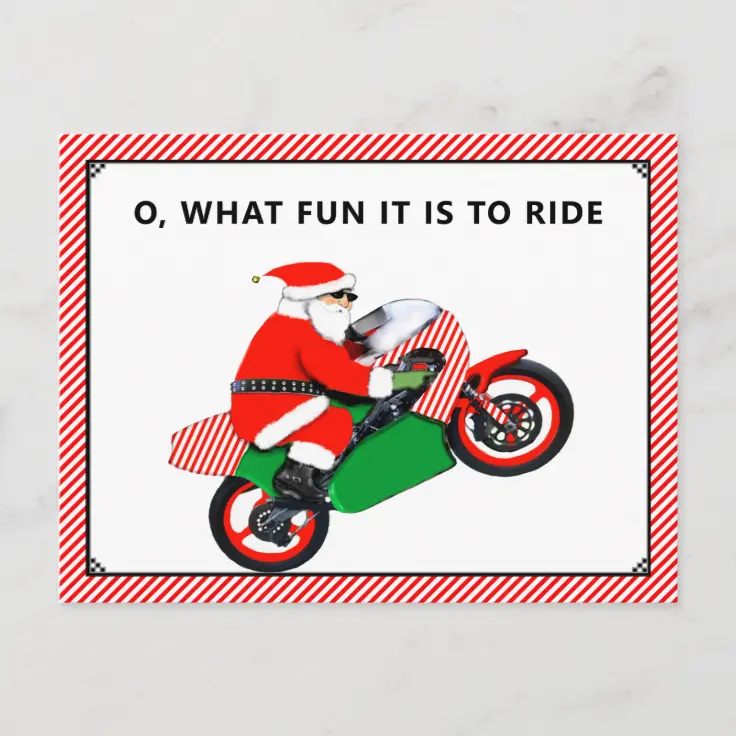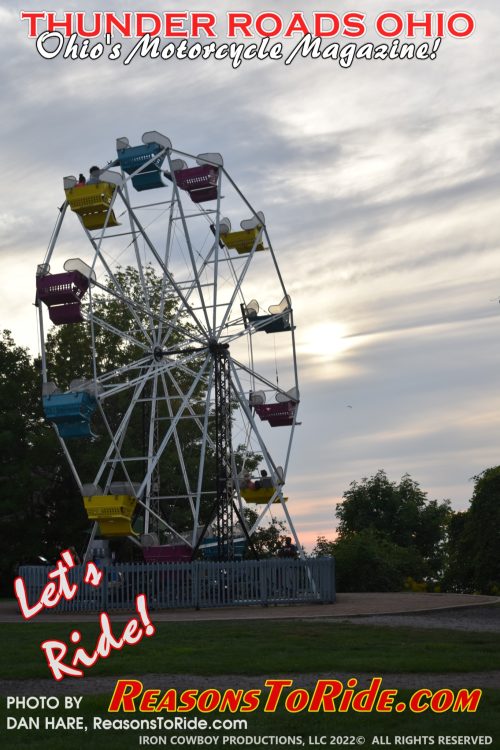Swapping Pipes

Part 2 of our exhaust install on an 05 Dyna Superglide.
When it comes to customization or increases in horsepower, one of the first places many motorcyclist look, is to the exhaust. Last month we covered the different types of exhaust and general removal. In the second of this three part article, we will be covering the install of a Supertrapp SuperMeg on an 05 Dyna Superglide. I picked up a Supertrapp SuperMeg from Supertrapp Industries, right here in Cleveland Ohio
First unbox it all, make sure you have located all the parts and tools you will likely need, including new exhaust gaskets.
Since this is a disk based exhaust the first step will be to install the disks and cap on the end of the muffler. More disks will add flow and volume. Less disks will move the power lower on the rpm band and increase low end torque. Plus it will provide a more mellow tone for you bike. The exhaust comes with 18 disks, so we will start with that.
From there install new gaskets in the exhaust ports. Be careful to slide the gasket in evenly and not damage it. Next put the P clamp onto the front pipe, then install the flanges and snap rings onto the pipes. You will now want to install the muffler bracket onto the transmission, and torque the mounting bolts to spec. These bolts have been known to back out due to vibration, so once they are torqued to spec, take a marker and put a small mark at the “12 o’clock” point of the bolt. This way you will be able to do a walk around of you bike before you ride, and see if the bolt is backing out. I do this on all fasteners that are prone to backing out on my bike.
Next install the headpipe. With the 2:1 pipe there is not much clearance to get the pipe into the exhaust ports, so you may have to work the pipe around a little, but I promise it will fit. Then slide the clamps and snap rings into place at the exhaust port. Once the flanges are on the exhaust studs, you can start a nut onto each flange and this should be good enough to hold the pipe in place for the moment. Next you can push the flange into place and start the other nut. These flanges can bind up easily, so it is important to make sure the pipe is seated in the exhaust ports and the flanges are pushing on the snap rings evenly. Tighten the two nuts down evenly on the flanges also. If the flange binds from uneven install, the pipe will not seal at the exhaust port and you will have a leak. Do not fully tighten down the flanges yet because we want to be able to move the head pipe for alignment during the rest of the installation.
From here we will install the t-bolts into the muffler mount, the muffler clamp, and install the muffler onto the headpipe and bracket. Tighten all the hardware on the muffler just tight enough to hold it in place. Step back and admire your work. Make sure everything is looking straight and lined up. Make sure you have proper clearance around oil lines, wires, and whatever else may be near your exhaust.
Now you can start tightening things down. Start with the muffler mounts and work toward the engine. This allows you to keep the muffler mounted straight, then pull all the rest of the parts inline as you tighten them up. This is especially important on baggers with dual exhaust. We have all seen the bike with one pipe pointed up and the other blowing dust off the ground. Don’t be that guy.
Next tighten up the muffler to headpipe clamp, transmission mounts, P clamp at the bottom of the engine, and finally the exhaust flanges. Tighten everything to manufacture’s specifications.
Next install the heat shields on the pipe and collector. These are held on by a hose clamp that slides through a groove on the back of the heat shield. Sometimes it takes a few minutes to work the clamp through the mount, but keep at it, I believe in you.
The heat shield install is done with the same principals as the entire exhaust. Get everything on the pipe to a loose fit, and start tightening everything down evenly, while focusing on alignment. A few times over the years I have found a few heat shields were difficult to get aligned. If that is the case, get it as close as you can, and tighten it all down. After you run the engine a few times and get some heat cycles in the steel of the heat shields, they will begin to stress relieve in place. From there you may be able to loosen the clamps and get the alignment closer.
Next step is everyone’s favorite; START THE BIKE! While it is idling listen for leaks, and wave your hands around the exhaust ports and head pipe to muffler joint. If you feel puffs of hot air, you have a leak. If you find you have a leak, turn the bike off and recheck all the fasteners. It is possible one wasn’t fully seated when you initially torqued it down.
Once you ride the bike for an hour or two, you will want to re-torque the exhaust flanges to the cylinder head again. Sometimes the gasket compresses a little more during the first few heat cycles.
You are done with installation. Be sure and take lots of pictures and tag Knoble Moto in them when you post them on social media.
Next month we will look at tuning the engine for the exhaust you installed.
If you would like to learn more about keeping your motorcycle on the road, consider taking a class from Knoble Moto. All class listing are posted on the website and social media, and all classes are held at Skidmark Garage. If there is a subject you do not see covered, shoot me an email at knoblemoto@gmail.com Find us on Facebook at www.facebook.com/knoblemoto, Instagram @knoble_moto & www.KnobleMoto.com www.youtube.com/c/knoblemoto



